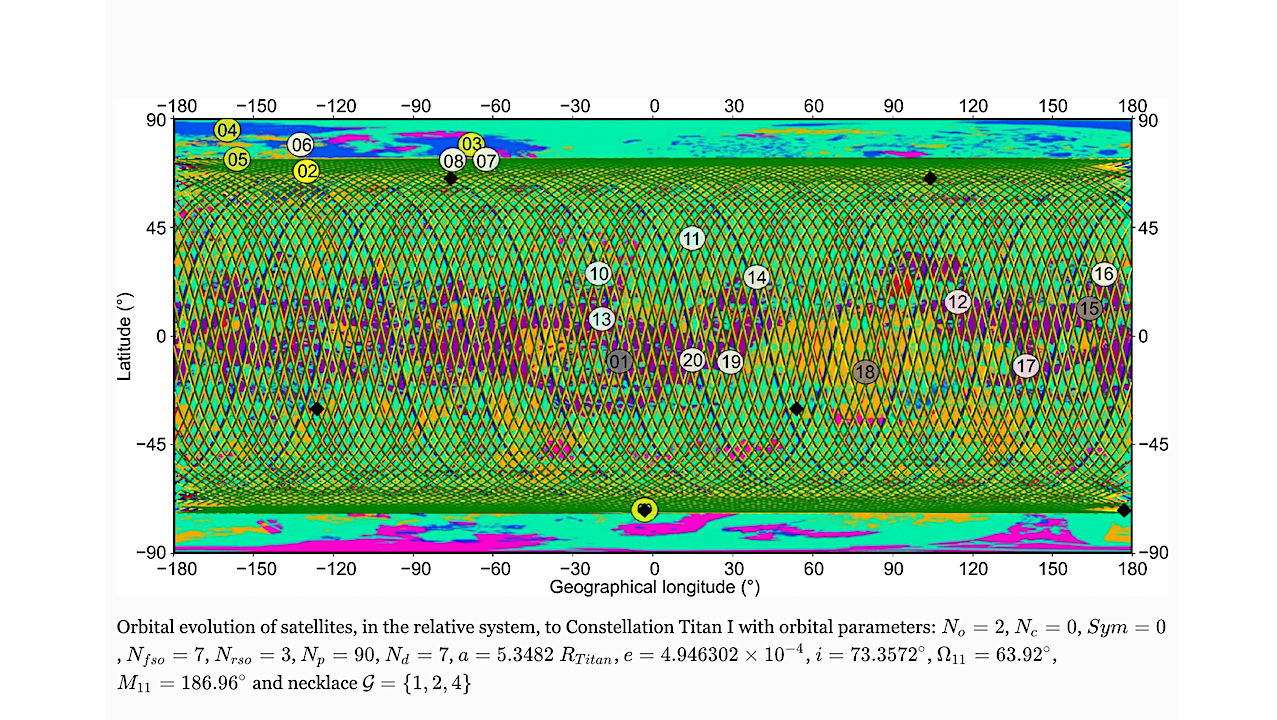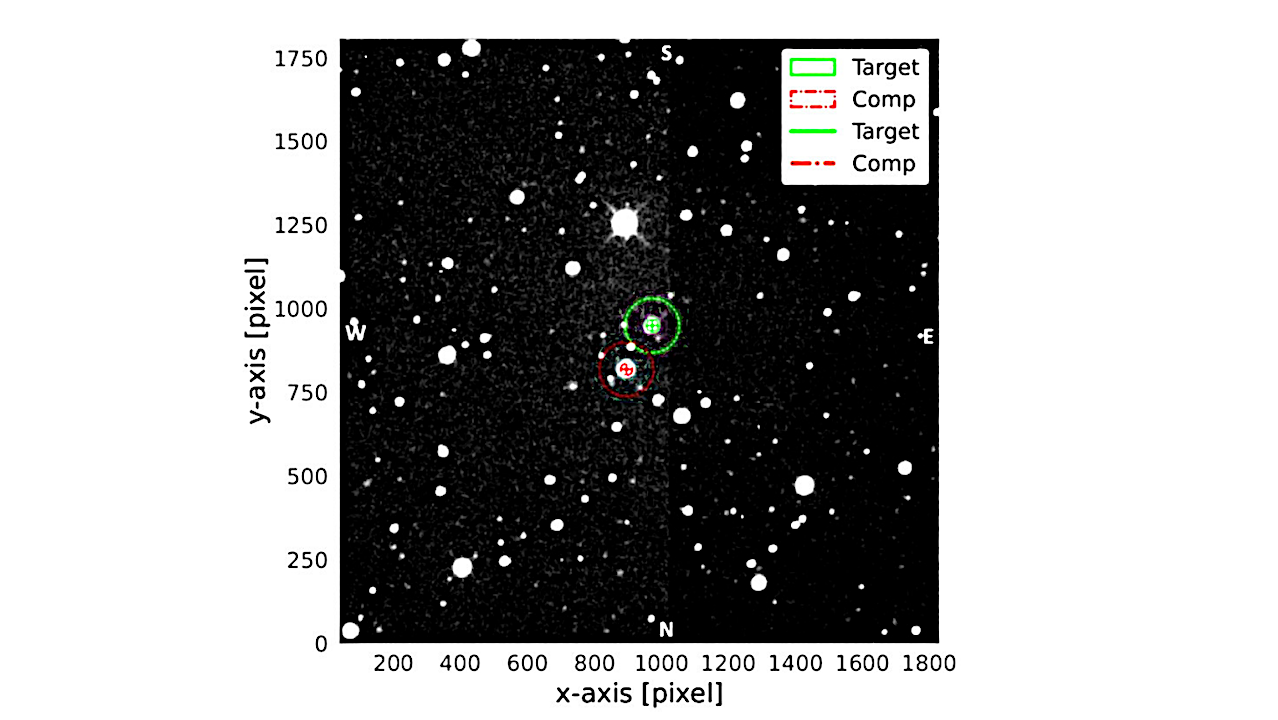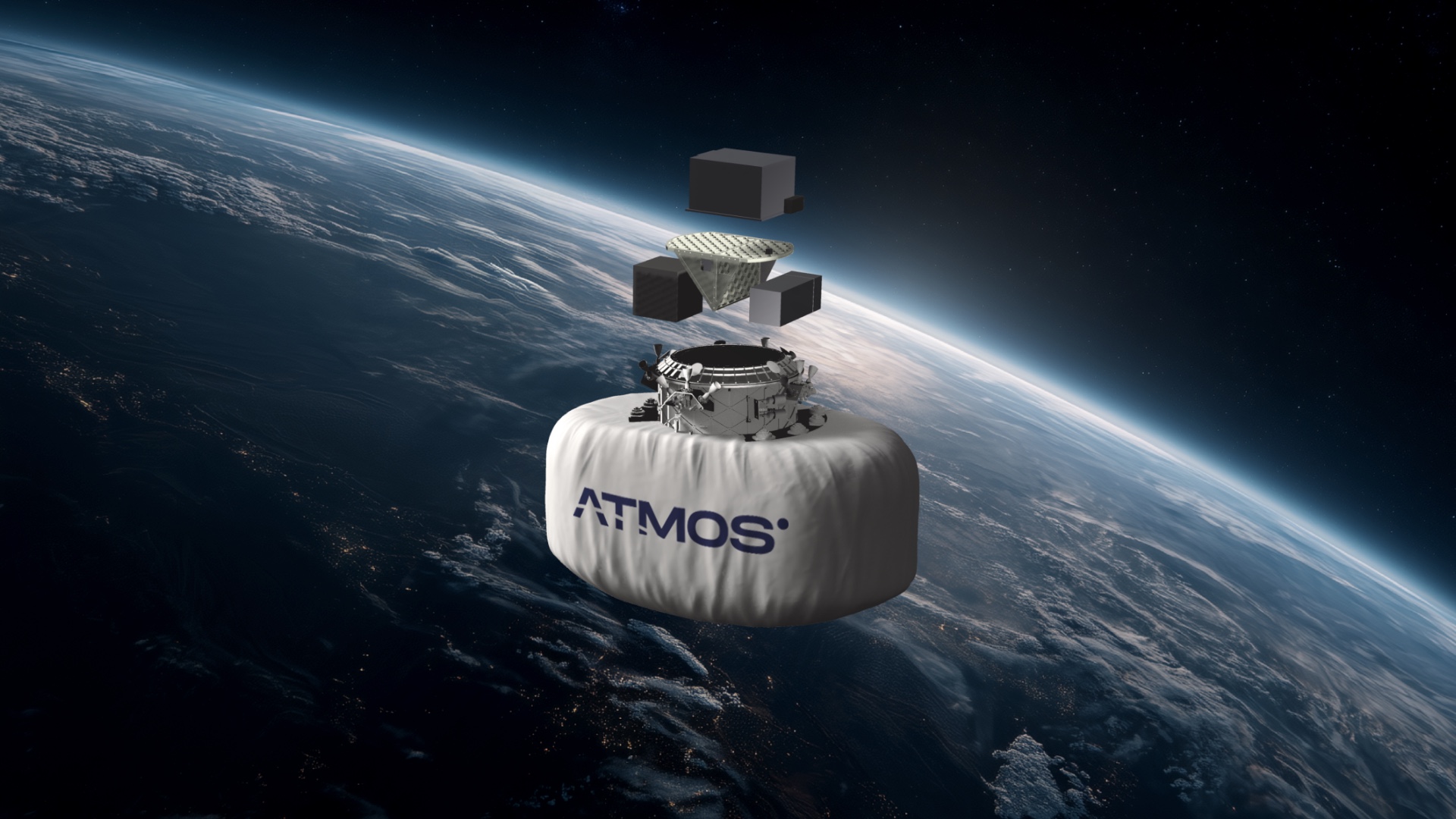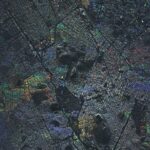Ready for round two, aurora chasers? The northern lights may dazzle again tonight (Nov. 12) as a speedy incoming coronal mass ejection (CME) released during yesterday’s colossal X5.1 class solar
Orbital evolution of satellites, in the relative system, to Constellation Titan — Satellite Navigation Exploring Saturn’s largest moon, Titan, presents unique orbital challenges due to its dense atmosphere, gravitational perturbations,
Thanks to the European Space Agency (ESA) spacecraft XMM-Newton, astronomers have seen a powerful explosion of plasma erupting from a distant star for the first time. We have seen (and
Science & Exploration 12/11/2025 1988 views 21 likes Astronomers using the European Space Agency’s XMM-Newton space observatory and the LOFAR telescope have definitively spotted an explosive burst of material thrown out
Blue Origin has scrubbed today’s launch attempt of its second-ever New Glenn rocket. The delay today (Nov. 11) follows a Nov. 9 launch attempt that was also called off due
Field of view for WASP-135 b (image scale in arcsec/pix: 0.299772). Example image from 09 May 2024, with the target star, WASP-135, and the comparison star labeled in green and
Not to be confused with the numerically similar Canon EOS R50 or R50 V, which, like this Nikon, squeezes an APS-C sensor into a compact chassis, the Z50 II updates
The dream of accessible space travel is inching closer to reality. As private companies push the boundaries of space tourism and orbital logistics, the need for strategically located and versatile
WASHINGTON — Two European companies will cooperate on a mission launching next year to demonstrate microgravity research and manufacturing capabilities. Atmos Space Cargo and Space Cargo Unlimited announced Nov. 12
Perched atop the summit of Mauna Kea in Hawaii, the Gemini North Observatory is one of the world’s most powerful windows into the cosmos. On clear nights, long-exposure photographs taken
-
 012024 in Review: Highlights from NASA in Silicon Valley
012024 in Review: Highlights from NASA in Silicon Valley -
 02Panasonic Leica Summilux DG 15mm f/1.7 ASPH review
02Panasonic Leica Summilux DG 15mm f/1.7 ASPH review -
 03How New NASA, India Earth Satellite NISAR Will See Earth
03How New NASA, India Earth Satellite NISAR Will See Earth -
 04And Thus Begins A New Year For Life On Earth
04And Thus Begins A New Year For Life On Earth -
 05Astronomy Activation Ambassadors: A New Era
05Astronomy Activation Ambassadors: A New Era -
06SpaceX launch surge helps set new global launch record in 2024
-
 07Space Force plans new ‘Futures Command’ amid pressure to speed up modernization
07Space Force plans new ‘Futures Command’ amid pressure to speed up modernization















